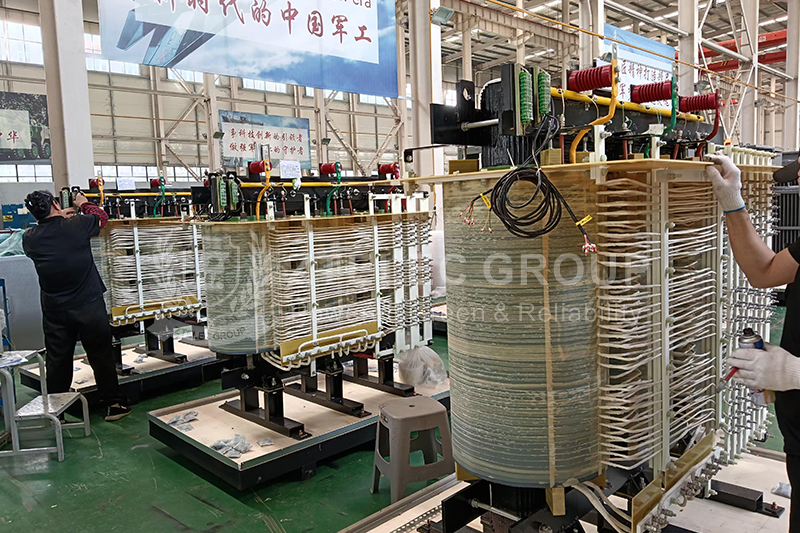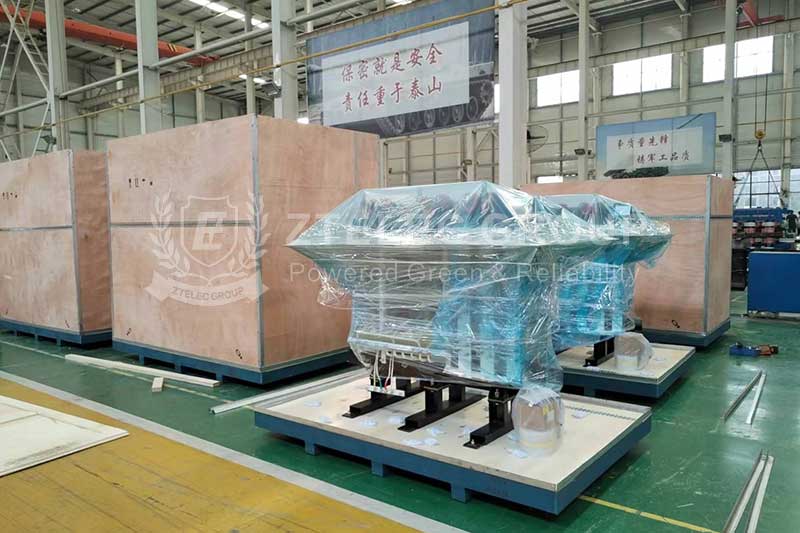How to Address Power Transformer Faults?
Power transformers are critical equipment in power systems, primarily functioning to increase or decrease voltage to effectively transmit electrical energy during various stages of power transmission and distribution. However, transformers may experience various faults during operation, which can lead to economic losses and pose threats to the safety and stability of the power system. Therefore, understanding common types of power transformer faults and their solutions is crucial.
Ⅰ. Common Types of Power Transformer Faults
1. Insulation Faults: The insulation materials of a transformer are prone to aging in prolonged high-voltage, high-temperature, and humid environments, leading to reduced insulation performance. Insulation faults are among the most common issues in transformers, typically manifesting as short circuits or ground faults.
2. Overload Faults: Overloading refers to a situation where the load on the transformer exceeds its rated capacity, resulting in overheating and insulation damage. An abnormal increase in power load can lead to transformer failure.
3. Temperature Faults: Transformers generate heat during operation, and excessive temperatures can raise oil temperatures, thus affecting insulation performance. High temperatures may also cause oxidation of the internal oil, accelerating insulation aging.
4. Mechanical Faults: The mechanical structure of transformers can also suffer wear or damage over long-term operation, such as insulation layer breakdown or poor conductor contact.
5. Protection Device Faults: Transformers are usually equipped with various protection devices, such as relays and fuses, to disconnect power promptly during abnormalities. Faults in these protection devices can prevent adequate protection of the transformer when a failure occurs, exacerbating damage.
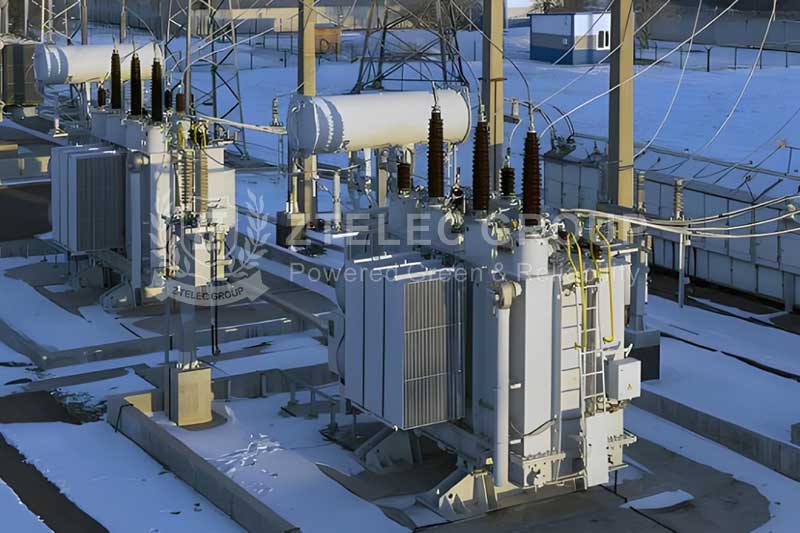
Ⅱ. What is Fault Detection and Diagnosis for Power Transformers?
The first step in effectively addressing power transformer faults is fault detection and diagnosis. Modern power systems are typically equipped with various online monitoring and detection devices that can monitor the operational status of transformers in real-time.
1. Insulation Resistance Testing: Measuring the insulation resistance of the transformer allows for assessing the aging level of the insulation materials. Lower insulation resistance indicates a higher risk of faults.
2. Temperature Monitoring: Using temperature monitoring instruments (such as infrared thermography) to observe temperature changes in transformers can help promptly identify overheating issues.
3. Oil Quality Analysis: Analyzing the chemical composition of transformer insulation oil can reflect its internal health status, allowing for early detection of potential insulation faults.
4. Vibration Analysis: Analyzing the vibration characteristics of transformers can help identify mechanical faults or imbalances.
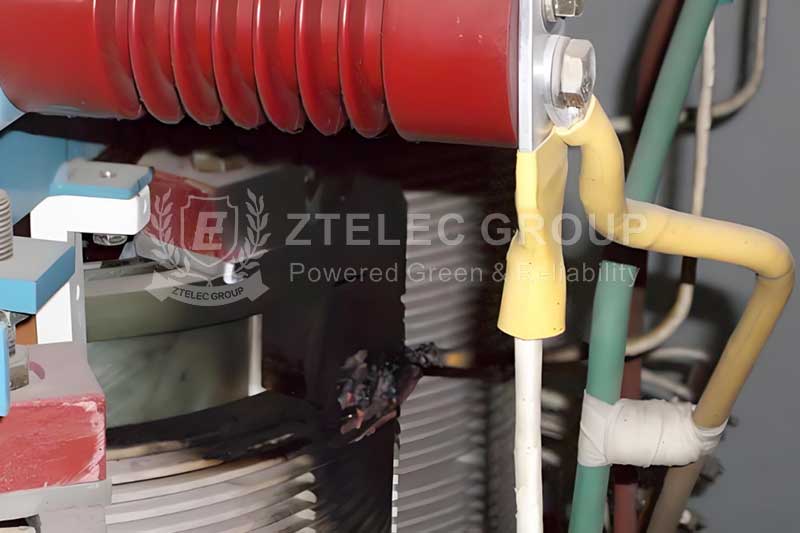
Ⅲ. Handling and Repairing Transformer Faults
When a transformer fault is detected, timely measures should be taken. Different types of faults require different handling methods.
1. Handling Insulation Faults:
Replacing Insulation Materials: For aged or damaged insulation materials, replacement should be conducted to ensure ongoing safety.
Filtering Insulation Oil: The insulation oil should be filtered and dehydrated to restore its insulation properties.
2. Handling Overload Faults:
Reducing Load: If feasible, reduce the transformer’s load to avoid prolonged overloading.
Increasing Spare Transformers: During load increases, consider adding spare transformers to share the load.
3. Handling Temperature Faults:
Improving Heat Dissipation Conditions: Lower temperatures through enhanced ventilation and increased cooling devices.
Installing Temperature Protection Devices: Set reasonable temperature protection thresholds to ensure timely power disconnection during overheating.
4. Handling Mechanical Faults:
Repairing Mechanical Components: Conduct repairs or replacements for worn or damaged mechanical components.
Regular Maintenance: Establish a routine maintenance plan to ensure mechanical structure reliability.
5. Handling Protection Device Faults:
Replacing Faulty Devices: Promptly replace damaged protection devices to ensure the transformer can cut off power during faults.
Regular Testing of Protection Devices: Periodically conduct function tests on protection devices to ensure their effectiveness.
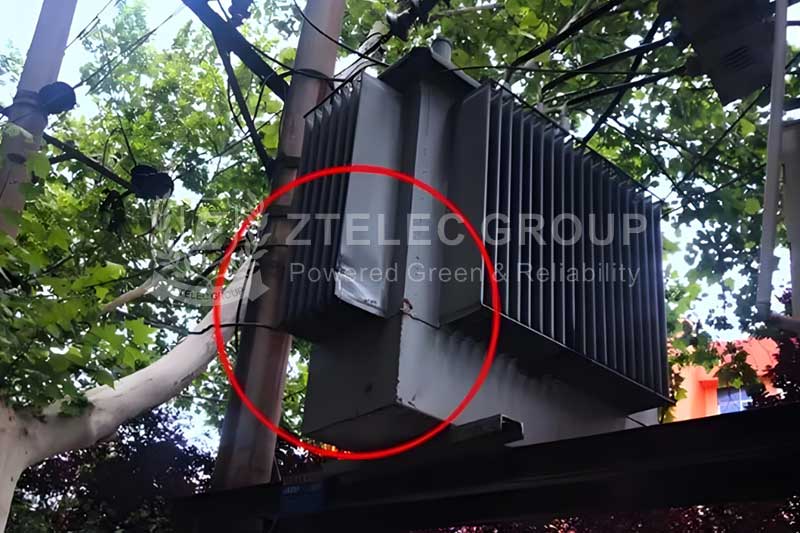
Ⅳ. What Are the Preventive Measures for Transformer Faults?
In addition to responding to faults after they occur, proactive prevention is also a key strategy for reducing transformer fault rates.
1. Regular Transformer Maintenance: Develop a detailed schedule for regular maintenance and inspections to ensure transformers operate optimally.
2. Strengthening Monitoring Systems: Utilize intelligent monitoring systems to collect and analyze transformer operating data in real-time, facilitating the timely discovery of potential issues.
3. Employee Training: Regularly train maintenance and management personnel to enhance their skills and fault response capabilities.
4. Updating Technology: With the advancement of power technology, timely updates to equipment and technology can enhance transformer reliability and durability.
Addressing power transformer faults is not merely a technical issue but also a crucial aspect of ensuring the safety and stability of the power system. By strengthening the identification, detection, and analysis of fault types, targeted handling measures can effectively reduce the likelihood of transformer failures. Moreover, regular maintenance and technological updates are vital guarantees for the long-term safe operation of transformers. Through comprehensive measures, the operational efficiency and safety of the power system can be significantly improved.
- more+releated article
- 2025-12-13How to Select and Use Phenolic Cloth-base Lami
- 2025-12-13How Much Does Bakelite Sheet Cost? 2025 Price
- 2025-12-13Why are most 3240 epoxy boards yellow?
- 2025-12-13What are the Main Applications of FR4 Epoxy Bo
- 2025-12-13Why Does the Price of Insulating Paperboard Va
- 2025-12-13Heat-Resistant DDP Insulation Paper
- 2025-12-13Comparison of Heat-Resistant DDP Insulating Pa
- 2025-12-13G10 and FR4 Epoxy Boards: Commonly Used for Ge
- 2025-12-13The Price of Heat-Resistant DDP Insulation Pap
- 2025-12-13How to Choose Epoxy Laminate Materials for Gen

